Osteoarthritis of the shoulder joint is accompanied by swelling, severe shoulder pain and limited mobility. The causes and symptoms of the disease, existing treatment methods, and ways to help at home are discussed later in this article.
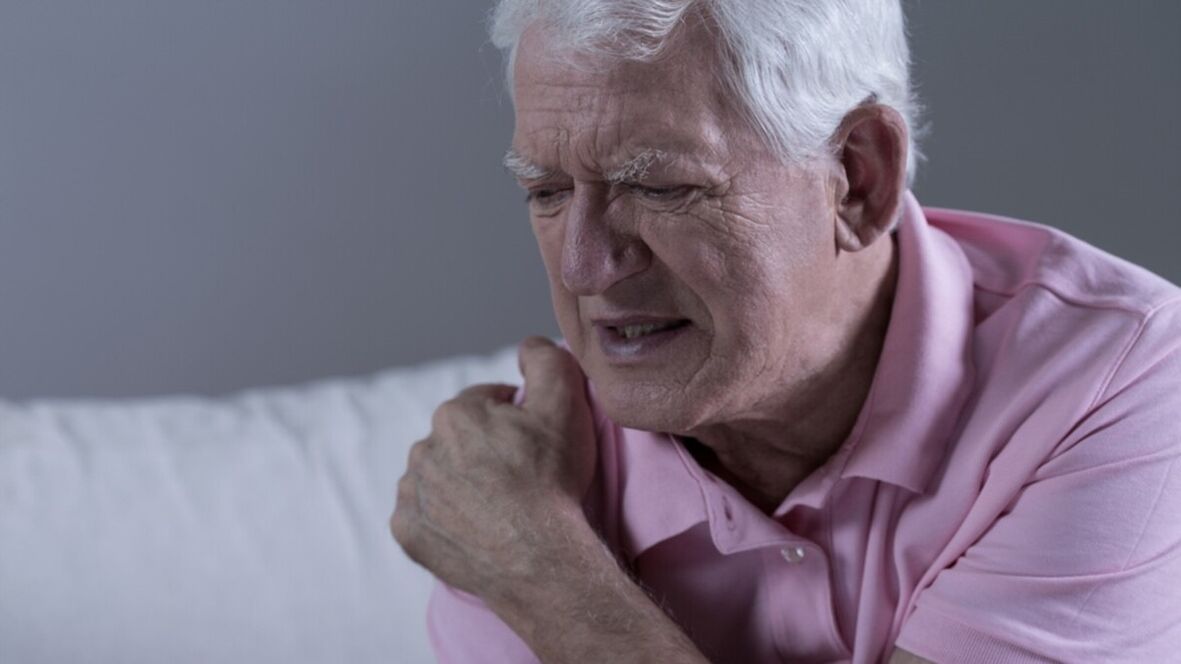
What is shoulder inflammation
The shoulder joint has a fairly complex structure and is the most mobile of all, providing the most complete range of motion for the human body. The shoulder joint capsule can stretch very strongly so that a person can raise his arm vertically and perform rotational movements with it. This activity weakens the ligaments, often resulting in mild ischemia due to the sharp bending of the tendons.
Lack of nutrition in joint tissue is a major threat to destruction and gives impetus to the development of pathology.
The disease, which is primarily expressed in the degeneration of the tissues of the shoulder joint, is called shoulder arthrosis or shoulder arthrosis. The biomechanics of the shoulder are based on the flawless work of all components: normal nerve conduction, good blood supply, impeccable anatomical structure. Violation of any of these conditions always leads to the fact that the internal tissues begin to deform, causing discomfort, restriction of movement, pain.
Osteoarthritis (or osteoarthritis) is not primarily an inflammatory disease but a degenerative one. It is associated with ischemic processes in the surrounding tissues caused by various causes.
As a result, the nutrition of the joint is disrupted, and the thin and flexible layer of hyaline powder covering the bone head becomes thinner. The less flexible and thinner hyaline cartilage makes normal movement more difficult, causing the joint gap to narrow.
This phenomenon causes the body to take action and bone outgrowths, called osteophytes, form around the edges of the joint. Osteophytes, with their sharp edges, damage muscles and ligaments, causing chronic, slow inflammation.
The main danger of osteoarthritis is that a slight restriction on the movement of the hand always leads to a reduction in the range of motion.
The shoulder begins to suffer from the accumulation of salts in the tissues surrounding the joint and the deterioration of the nutrition of the joint tissues. Over time, this is fraught with the development of joint contractures - limiting the ability to move or completely lose shoulder movement and the patient’s disability.
Causes of shoulder osteoarthritis
The only cause of shoulder arthrosis is deep ischemia, a sharp or gradual deterioration in the blood supply to certain areas of the tissues and depletion of joint nutrition. But this cause is caused by factors that may be present individually or simultaneously in the anamnesis:
- Shoulder injury. These can be obvious injuries from a car accident or fall, as well as hidden muscle and ligament tears from sports training or hard work. Any joint injury can always remind itself, as the affected areas do not recover to their full size and driving is constantly disturbed. The body will successfully cope with this for years or decades until the onset of aging.
- Age-related changes in the body.
- Infectious attacks causing arthritis.
- Metabolic and hormonal disorders, often related to age.
- Hereditary or genetic predisposition.
Stages and symptoms of shoulder joint arthrosis
It goes through several stages in the development of the disease. Because osteoarthritis is a chronic, rather slow-progressing disease, most patients ignore the first stage during which joint deformity is most effectively treated.
- Symptoms of the first stage. For the first time, the patient may feel some discomfort when moving the hand, as the hyaline cartilage becomes thinner. Sharp jerking or jerking is not painful, it is due to the fact that there are no nerve endings in the cartilage and its destruction does not lead to pain. But sometimes by the evening or the end of your workout, your shoulder pain starts to bother you. It is often overlooked, attributed to muscle pain or neuralgia. And the disease has started, and almost asymptomatically, and if no immediate action is taken, it will go into the second stage.
- Symptoms of the second stage. If the patient feels pain when moving his hand, accompanied by an audible click, it means that osteophytes have formed in the joint. From that moment on, the shoulder is constantly injured by the sharp edges of the bone outgrowth, causing inflammation of the surrounding tissues. This is expressed in the morning stiffness, which only disappears after the joint has formed, or the pain caused by normal physical exertion or evening fatigue.
A person’s well-being deteriorates as the chronic inflammatory focus in the body affects the overall condition. At night, in wet weather, in the off-season, the joint may hurt more intensely.
The patient sharply limits the volume and amplitude of the arm movements, not raising it by more than ninety degrees in both the frontal and lateral planes. This leads to muscle atrophy and a significant deterioration in the nutrition of the joint tissue.
- Symptoms of the third stage. Usually, if a patient sees a doctor in the third stage of the illness, they are virtually unable to move their hands. The hand does not rise, is not pulled back to the side, the joint swells and enlarges. The atrophy of the muscles and the pain syndrome are so strong that when you try to lift your hand, tremors appear in your fingers. In most cases, the presence of contractures in the shoulder joint, the "frozen shoulder" syndrome, is observed.
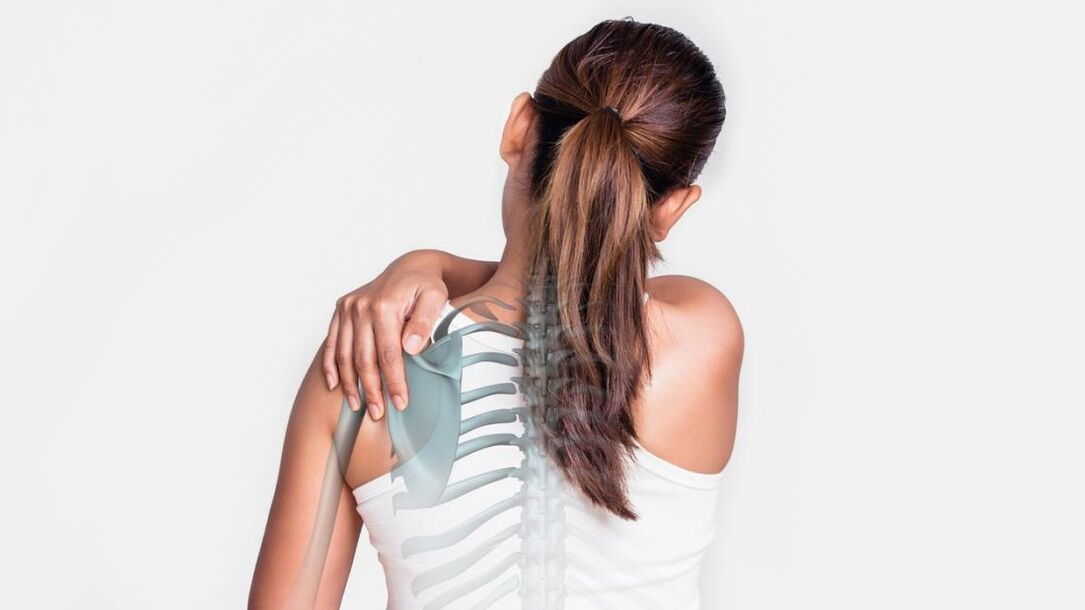
Ways to treat shoulder arthrosis
In fact, it is impossible to cure arthrosis, and even more impossible to do at home. This disease depends on so many internal and external factors that it is almost never the cause.
But the good news for patients in the first and second stages of the disease is that the development of osteoarthritis can be stopped. Therefore, doctors insist on early diagnosis of the disease and starting treatment for shoulder arthrosis when the joint tissue is only partially destroyed, there are no osteophytes, and you can try to restore the joint to a normal diet.
Conservative therapy
The treatment for arthrosis always has two purposes: to relieve pain and, where possible, to restore the supply of substances to the joint for normal functioning.

- The intake of nutrients in the tissues depends on what the patient eats. The diet for osteoarthritis should exclude salt and alcohol. Meat products and vegetables containing purine bases, which increase the uric acid content of the body, are also undesirable. Steamed milk and vegetable dishes are recommended.
- Coupling of pharmaceutical compositions containing glucosamine and chondroitin and collagen that nourish joint tissues. And regular daily use of gelatin in the form of a gel helps to enrich the menu with animal collagen.
- Topical application of various warming, anti-inflammatory and chondroitin-containing ointments and balms activates the blood circulation of the tissues surrounding the joint.
- If the pain syndrome is mild, the use of non-steroidal anti-inflammatory drugs is not recommended. If hand gestures are accompanied by intense pain, NSAIDs can anesthetize and reduce inflammation. These medications can help relieve pain.
- If the shoulder is swollen and an inflammatory process begins in it, a compress made from the ointment, bandaged at night, or rubbed with gel will have an excellent effect.
- Therapeutic gymnastics is an essential element in the successful treatment of shoulder arthrosis. But it is not recommended to overload the joint, as improperly distributed effort can lead to rapid destruction of hyaline cartilage.
Therapeutic Practices and Rules for Implementing Shoulder Arthritis
Special exercises help to develop the joint and provide mobility. The tournament can be done independently at home. The main rules for performing the exercises are as follows:
- regularity, ie exercises for at least 15 minutes each day;
- performing the exercises smoothly and without much effort. This is necessary so as not to further damage the joint structures;
- gaining moral pleasure during physical activity, which contributes to the normalization of the patient’s emotional state.
We recommend movement therapy exercises in which hand movements do not cause pain. They are performed slowly, forcing the ligaments and muscles to warm up and gradually stretch.
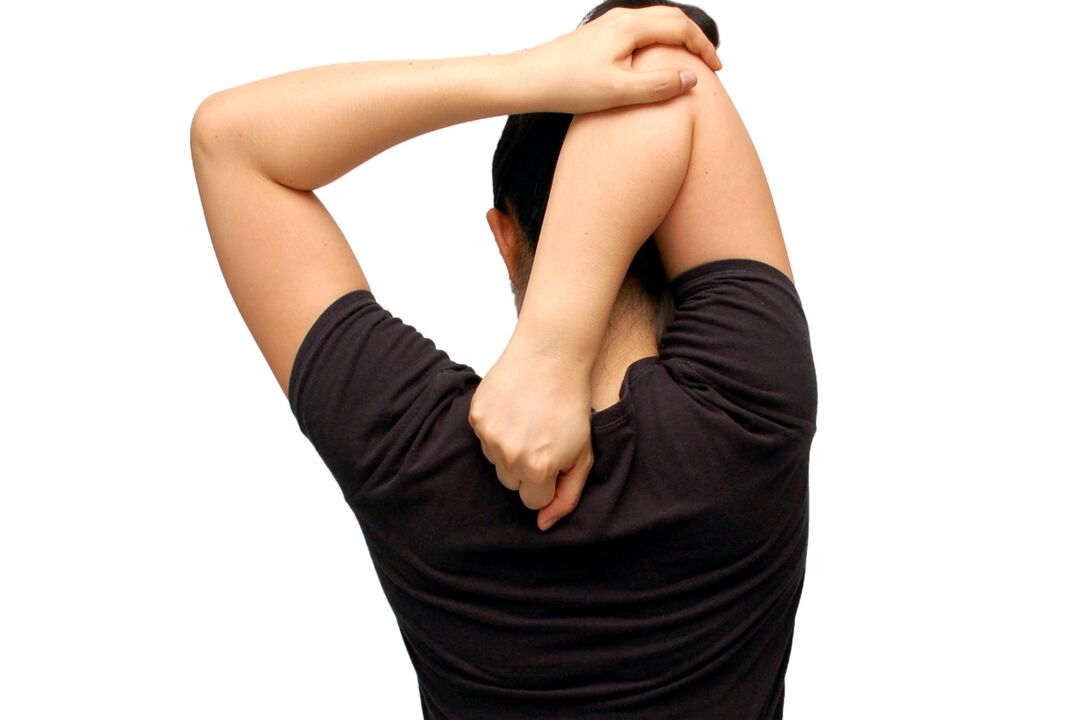
- We offer the simplest and most useful exercises for shoulder arthrosis:
- Put your hand on your knee while sitting in a chair. Make circular movements with your shoulders: 5 times forward, then 5 times backward.
- Raise your straightened arms, pulling your shoulders and shoulder blades as high behind them as possible. Hold for a few seconds and then release. Repeat 5-7 times.
- Straight arms, palms spread down. Bend your wrists at your wrists, with your fingers facing up. Make circular movements with your shoulders: 5 times forward, then 5 times backward.
- Raise your bent arms above your head while one of your fingers should be on the elbow of the opposite hand. Gently move your arm back until you feel an extension in your shoulder joint. Perform the exercise 5-7 times.
- Place both palms behind your head with your palms facing down. Move your arms so that the palm falls down the back between the shoulder blades. Repeat the exercise 5-7 times.
- Place your left hand on your right elbow, moving your right hand as far above the left shoulder as possible until you feel elongation in your shoulder joint. Perform the exercise 5-7 times. Swap hands and repeat the exercise with the other hand.
The following are recognized as effective in the treatment of osteoarthritis of the shoulder joint: manual therapy, physiotherapy, and spa treatment. The use of traditional methods of medicine is also considered justified.
Folk remedies and home help
The main folk remedy for treating shoulder joint arthrosis is the herb, which allows the use of dry herbs and herbal decoctions for compresses, making ointments and rubbing at home to normalize metabolism and restore joint nutrition to reduce pain. .
- Ointment. Take 10 grams of dry hop leaves, sweet clover, St. John's wort. The herbs are thoroughly chopped, crushed, Vaseline is added and all ingredients are thoroughly mixed. Apply the finished ointment to the shoulder area. This will help reduce pain and inflammation in the joints.
- Rubbing. Pour five parts vodka or alcohol with one part crushed swamp rosemary. You should then stick the medicine in a warm, dark place for 24 hours. The tincture is used externally to rub the affected joints.
- Decoction. Pour the corn stamps (2 tablespoons) with two glasses of water, boil for 10 minutes, strain and drink one tablespoon four times a day.
- Compress. To compress, cook 30 grams of dry oatmeal in two glasses of water. Apply the prepared mass on the sore shoulder for 30 minutes.
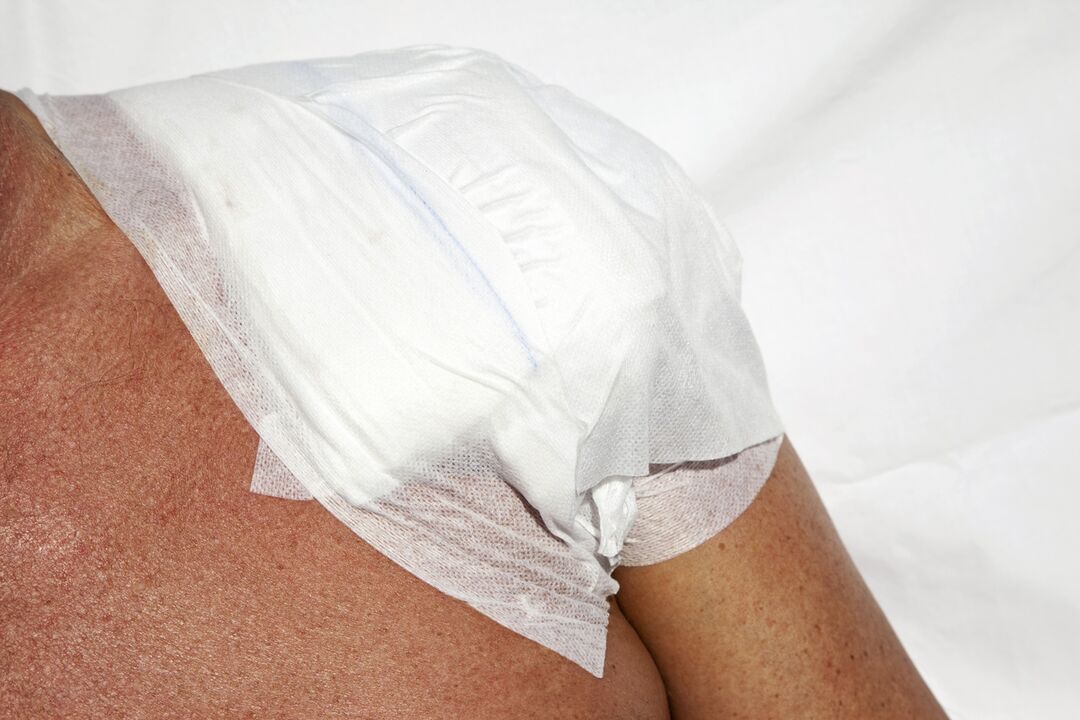
Alternative treatment for shoulder inflammation
- Manual techniques - massage, manual therapy sessions, osteopathy - allow the removal of muscle blocks, tensions and cramps, freeing the blood vessels and nerves leading to the joint.
- Physiotherapy, especially shock wave therapy, balneotherapy, mud therapy, and other methods are not recommended in case of exacerbation, i. e. , when there is an active inflammatory process in the joint.
- Remission is an excellent reason for a spa treatment, after which there is a lasting improvement.
Surgical treatment of osteoarthritis of the shoulder
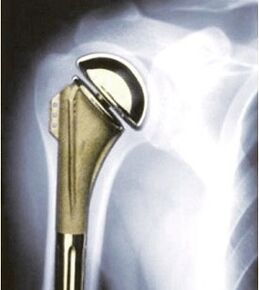
In case of severe pain syndrome that prevents the patient from living a normal life, the doctor may recommend surgery.
Prostheses are most often performed, that is, the broken joint is replaced with an endoprosthesis. If possible, we perform partial joint surgery, changing only part of the shoulder joint.
In rare cases, surgery is used, as any surgical procedure, especially those related to the installation of an intra-articular prosthesis, can lead to complications and a long recovery period.
Arthrosis of the shoulder joint is an insidious and dangerous disease in which a person’s motor activity is disrupted and a fairly severe pain syndrome is observed.
It is important to treat this disease in time for the first minor symptoms, preventing further joint destruction.
The patient should remember that successful treatment of osteoarthritis depends more on their efforts, activities, and not on medications.













































